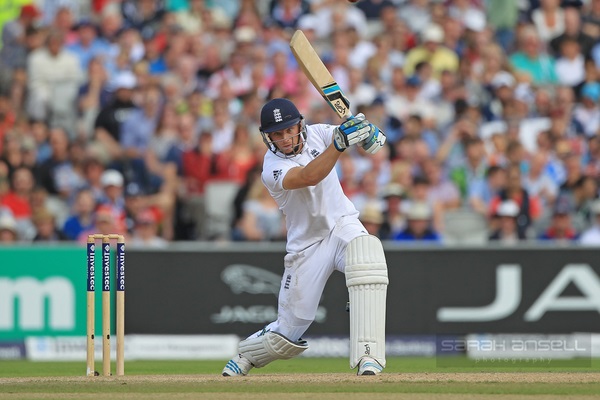The formula for deciding on the man of the match is as follows:
- Which team won?
- Which of that team’s batsmen scored the biggest hundred?
And that’s your man of the match. In the event that no-one made a hundred, you pick the guy who took most wickets.
However, in an unprecedented subversion of the normal rules, whoever was responsible for naming the man of the match during this Test picked Wahab Riaz (4-66 and 1-78). Misbah-ul-Haq could have been a contender for delivering another excellent coin toss, but by dismissing Root, Stokes and Buttler in the space of one monster weather-and-pitch-defying spell, Wahab inserted a sharp corner into what has generally been a smoothly meandering series. The odds were against England from then on.
Adil Rashid deserves a mention too for an innings of glorious futility. At 172 balls, it was longer than any of England’s first innings efforts. Much like life, it was all effort and no reward.



3. In case N batsmen scored hundreds, the m.o.m goes to the guy who took the least number of deliveries to do it, regardless of factors like playing conditions, new vs old ball etc.
…unless the centurion batsman who meets that criterion is Ian Ronald Bell, in which case his hundred is deeply discounted on the basis that he only scores hundreds in matches when other members of his team also score hundreds. The MOM is therefore awarded to the next man down the list. Probably Cook.
Hm. Discounting in finance (bear with me here) considers that payments which occur later are worth less, because of inflation, earning interest, etc. Applied to cricket, that would mean that runs scored later in the innings count for less.
I can get behind that. Batting against the new ball is more challenging.
There’s no punchline here, I was just musing to myself.
The King’s written at length previously on the intrinsic value of a run – in terms of ODI cricket primarily, plus run-rate inflation and the insatiable thirst for sixes to be bigger, longer, stronger and more frequent.
Should modern-era test runs also be discounted, to reflect the increased amount of test cricket, and the mediocrity of the world’s current bowling stock?